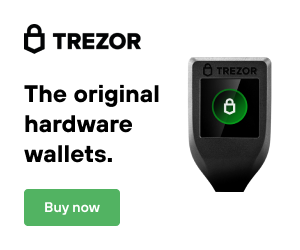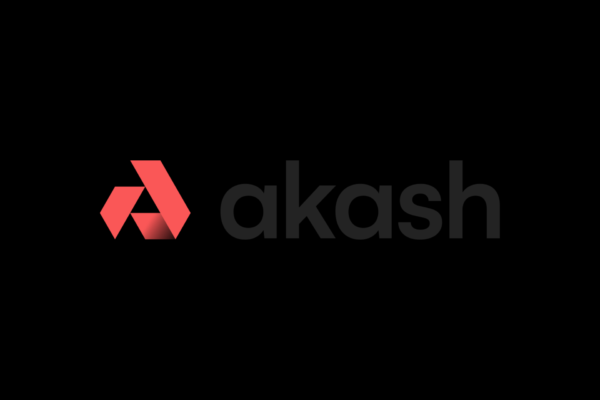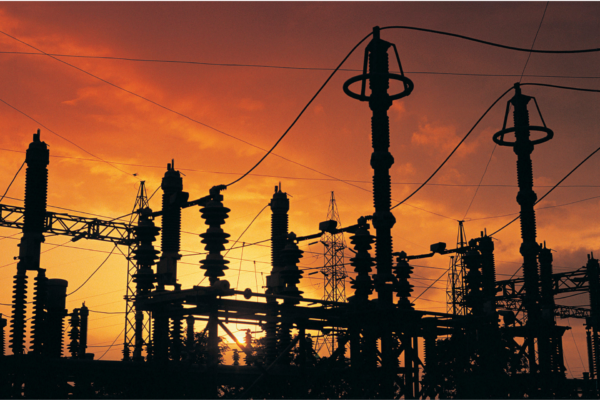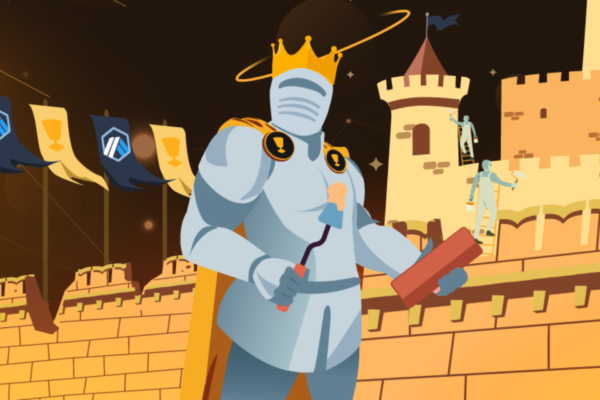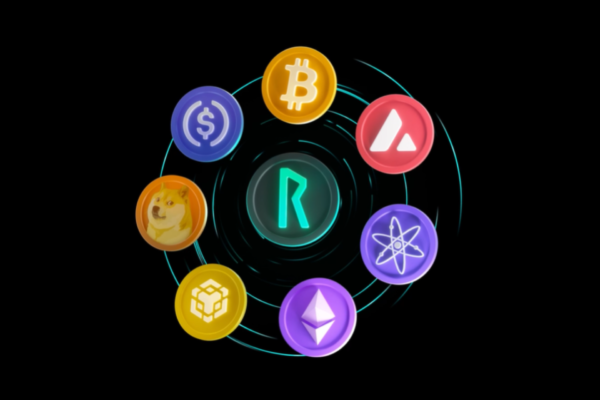Nobody can predict the future. Data is our best means for doing so. The explosive growth we’ve seen in (now) major blockchain ecosystems in the last year has left us breadcrumbs for ways we can identify what projects are moving next
Social Media: Friend or Foe in Cryptocurrency
I use twitter and a number of other social media outlets to see what’s happening in the world of crypto. It’s a dangerous game – according to social media, every project is guaranteed to go to the moon and make everyone rich. One person every so often gets lucky and becomes the new Nostradamus of cryptocurrency and all the incorrect predictions seemingly get ignored. We talk a lot on here about being emotionless when buying and selling cryptocurrency – these are just projects – they have no feelings or emotions. In all honesty, no one actually cares about the “project”. If you understand the project and its value, it’s totally OK to defend it, but sticking with something because you believe in it doesn’t make it a good investment or project to hold. We all have that friend who dated someone the rest of the group hated – crypto is no different.
There are thousands of cryptocurrency websites and twitter accounts that claim to have the next hot thing in cryptocurrency. Here at CB we chuckle at these a lot. Market narratives don’t change over night, and while at times random projects can explode, nearly all of them plummet hard after a big run. Many of those never recover, either. When I’m doing research on a project there is no special formula. The social sentiment of something is important in the world of crypto, but after having seen Avalanche, Solana, and a number of other new blockchains rocket into the top 20 in 2021, it left behind some major breadcrumbs that make it a little easier to identify what’s important. Furthermore – this analysis is “quick” and is something you should do before leaping into it.
Data Point 1: Is anyone actually using it currently?
Never be the first one to a party and never be the last one, especially in crypto. All projects in the world of crypto are essentially either blockchains (L0/L1), scaling solutions (L2), or projects that exist in a blockchain. For projects that are blockchains themselves – the easiest thing to do is just look at how active the blockchain itself is. The limitations of Ethereum, the largest ecosystem in all of crypto, are well known. The network is slow and transactions cost a ton. 2021 brought us a number of Ethereum competitors which brought new approaches to speed and transaction cost reductions. Avalanche, my favorite ecosystem in crypto at this time, went from relative obscurity to a top 10 project in the span of a few months.
Before the market pullback at the end of 2021, Avalanche went from $11.50 a token on June 24, to $145 a token near Thanksgiving. Who could have guessed this?
Sure enough – the price of Avalanche seemingly followed the transaction volume during its huge run up. Even with the price pullback the total crypto market saw at the end of 2021, Avalanche use is continuing to increase. While this doesn’t help you identify (yet) what project is going to be next – it does tell you that Avalanche isn’t going anywhere. However – a blockchain project’s value comes from the applications that use it. Avalanche in and of itself just stores transaction data. Without applications, the blockchain itself doesn’t have much use and isn’t worth much. Projects like Avalanche use smart contracts. The beauty of blockchain technology is that it’s transparent. You can see how many “contracts” are being deployed at any time – and this is directly related to how many projects are being developed and how many people are using a protocol.
Weird – AVAX’s price didn’t explode until late August, but we saw some very obvious signs prior to it. The number of “unique contracts deployed” and “unique contract deployers” – new developers and new projects in laymen’s terms – grew astronomically far before the price moved. What does this mean? You can use twitter as a resource – rather than diving into data like the above charts, to physically see how many projects are coming out. Make sure they are real – have teams and roadmaps, etc. What you’ll find is an intersection – new blockchains that have “something” unique (like ROSE’s paratimes, for example) and are seeing development activity growing always seem to precede strong periods of growth. Of course overall market characteristics (bear, bull, etc.) can offset or mask growth, the data never lies.
When I’m looking at new blockchain projects to buy I always start here. If no one is developing on it, then there’s probably not high demand for the token. Sure enough, when a blockchain project blossoms, people flock to it. That’s when you need to be looking at what projects offer key features to the blockchain – DEXs, DeFI projects, gaming, and more. This article should seem obvious – but investing solely on social media sentiment is an easy way to end up broke. Consider how popular something is before you buy, but also make sure that there is a real usecase behind it, especially for new blockchains. For now, everything needs to be compared to Ethereum.
In my next article I’ll talk a bit about how we look further into these projects and some more interesting ways we can identify next movers.



